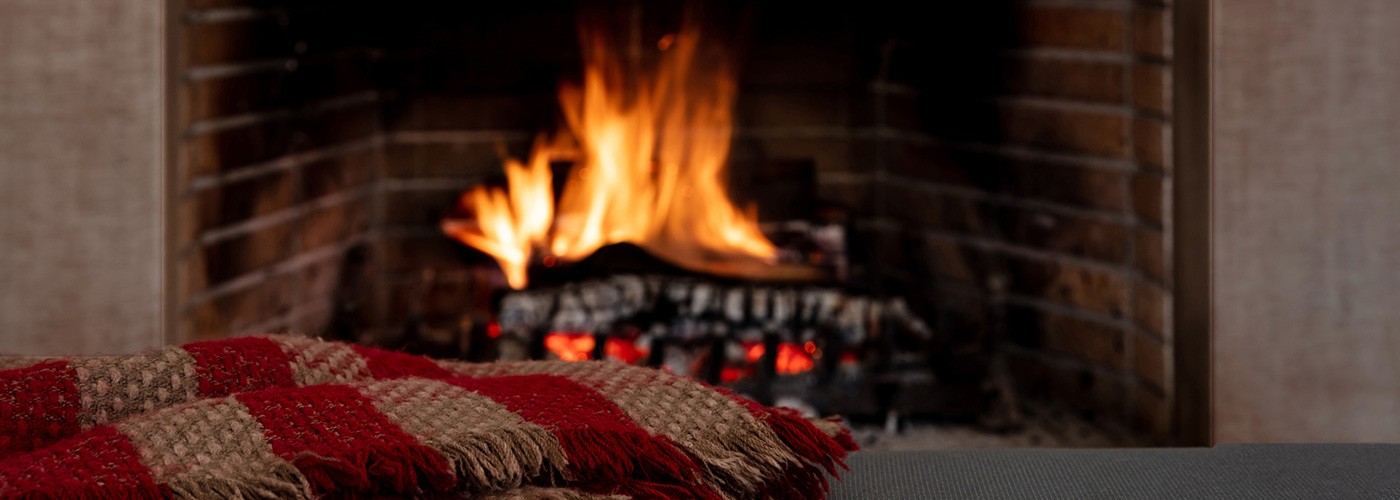Is mould covered by my home insurance?
Theoretically, no, because mould falls under the “exclusions” category. In practice, a basic home insurance policy covers “sudden” and “accidental” events like a bath overflow or washing-machine leaks. However, additional protection on your policy (endorsements) can cover other types of water damage (such as sewer backups or seepage through the roof).
Nevertheless, in every case, you’ll only be able to claim fungal decontamination costs from your insurer if the mould has been directly caused by a named peril.
Why do you need to prevent mould in your house?
Mould can produce particles that are dangerous for your health. People who suffer from allergies or chronic lung diseases or who have a weak immune system are particularly at risk.
Mould can also cause serious physical damage in a home.
Mould signs to watch for:
- humidity
- greyish, greenish or blackish stains spreading on walls or ceilings or around windows
- stains on carpets and mattresses, and in cupboards
- yellowish stains around washbasins or on bath joints
- paint bulges or warped wood
- a mouldy or musty smell
How to prevent mould
Inspect your house exterior once a year:
- roof
- cladding
- attic or roof space
- gutters
- caulking
- drains, etc.
All these features should be dry with no sign of recent dampness.
- Carry out regular household maintenance and air out every room, even in winter, in order to circulate the air.
- “Sniff” your basement often to detect any suspicious smell (of mould).
- In summer (the peak season for mould), don’t hesitate to use a dehumidifier in the basement to maintain the humidity level at under 60%. If you own an air conditioner, adjust it to the dehumidification setting.
What to do when you spot mould
- If it’s a small area (around the bath, for example), a vigorous wipe with a clean cloth and warm soapy water should do the trick. Then, be sure to dry the area thoroughly.
- Try to find out where the mould is coming from.
After water damage, you should:
- Dry off all traces of water and thoroughly ventilate for the next 48 hours. Use a dehumidifier, if you have one, and wear a mask and gloves to protect yourself during cleaning.
- If the basement has been flooded or if much of the area is covered in mould, you can bring in a company that specializes in fungal decontamination.
- Throw out all saturated, porous materials (carpets, insulation, mattresses, cardboard boxes, etc.).
- Contact your broker to report the damage.
Mould in a home can quickly become a headache. Speak to your broker about the various options available when taking out your home insurance policy.



